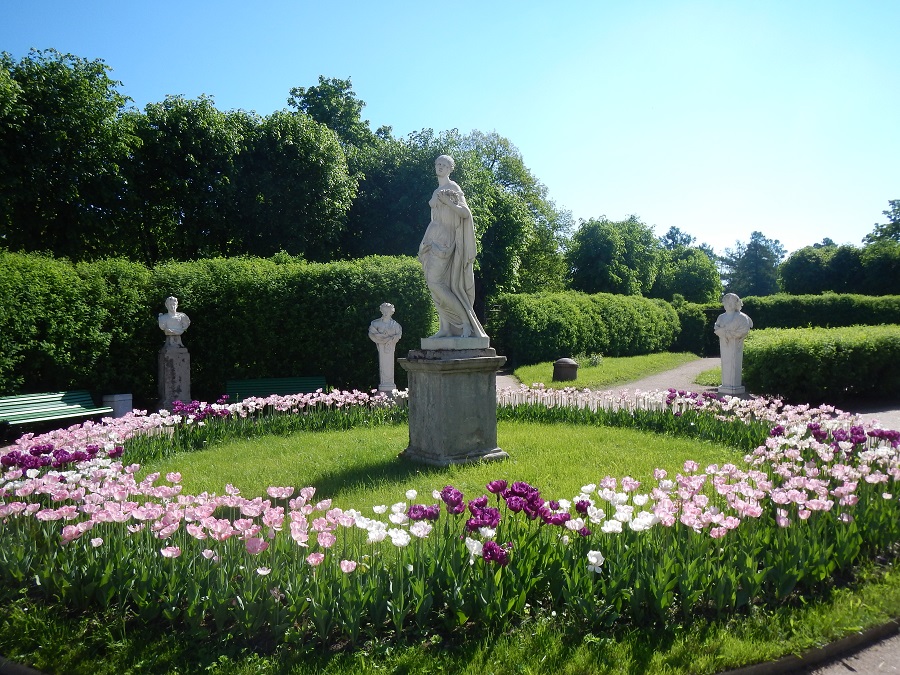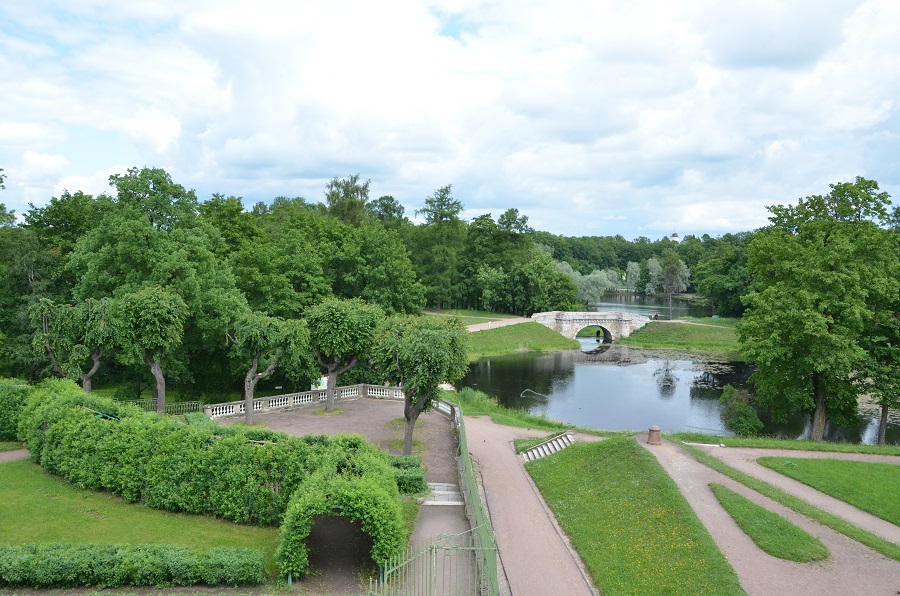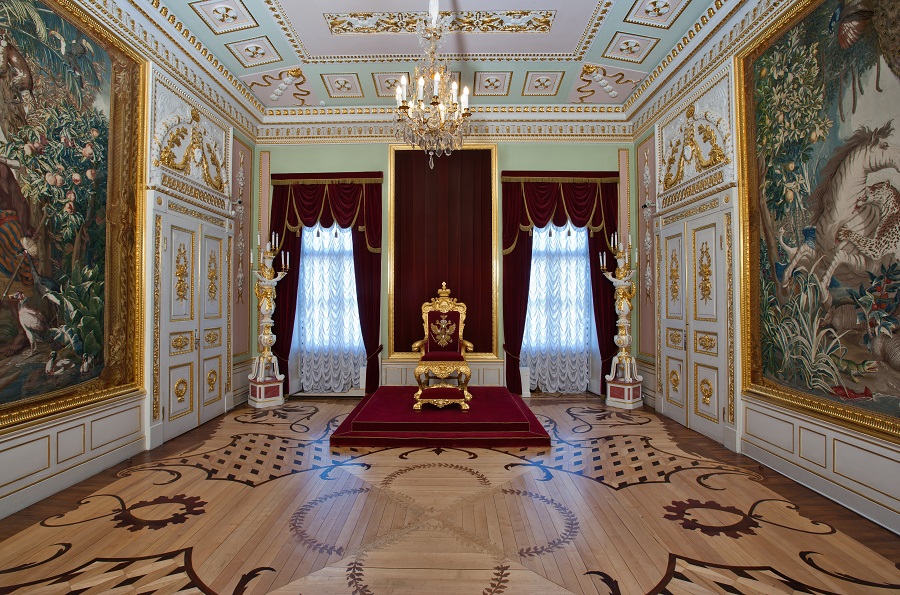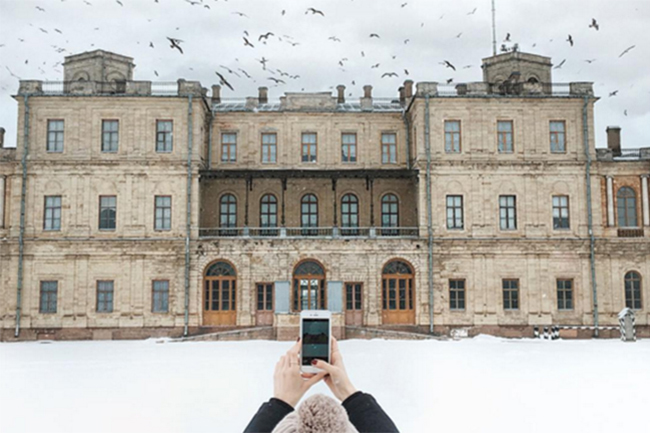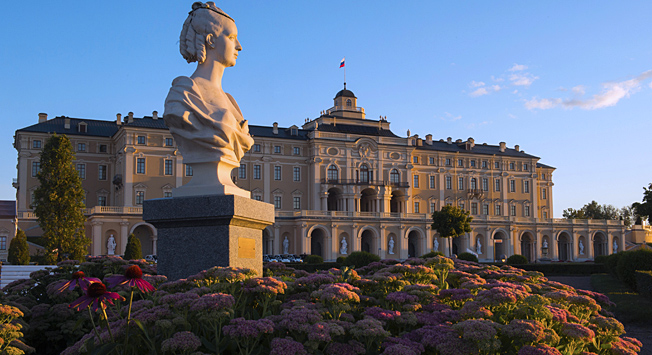Gatchina Palace: Catherine the Great’s lover, her son and other stories
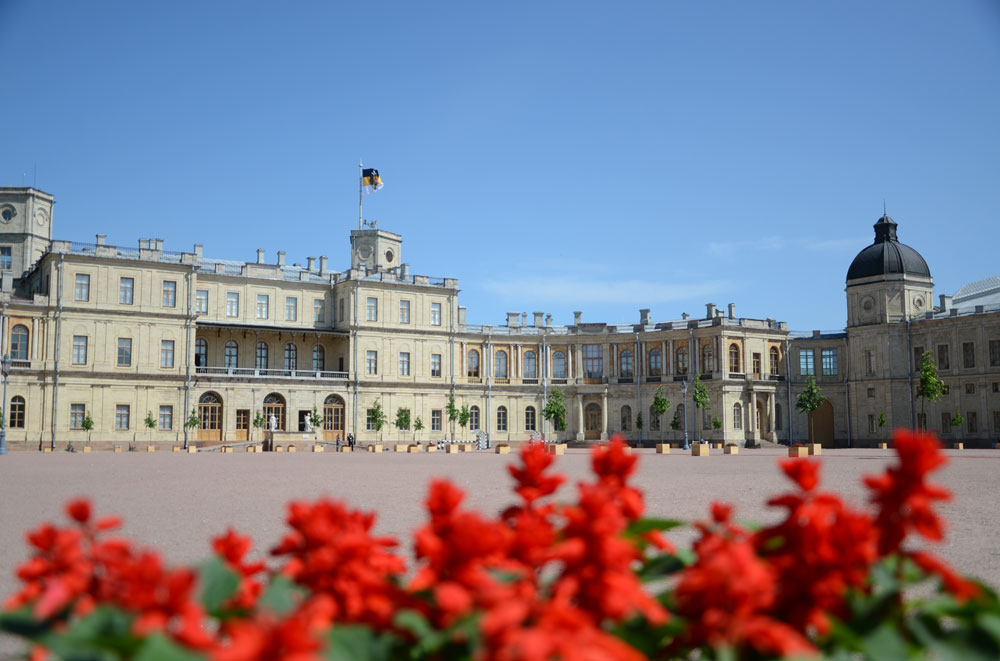
 Gatchina Palace. Source: Press photo
Gatchina Palace. Source: Press photo
Gatchina Palace, the imperial residence outside St. Petersburg, is celebrating 250 years since the beginning of its construction.
Primarily associated with Paul I, who was gifted the palace by his mother, Catherine the Great, and lived there for more than 15 years, Gatchina became a stately home after Paul’s accession and maintained this status until the revolution of 1917. Initially, however, the Empress had built the palace not for her son, but for her lover.
Four emperors and one favorite
Catherine the Great took the throne in a coup. According to the eminent pre-revolutionary historian Vasily Klyuchevsky, she undertook “a double seizure: She both took power from her husband and didn’t pass it to her son, the natural heir of his father” (for this reason, Paul is known as the “Russian Hamlet”).
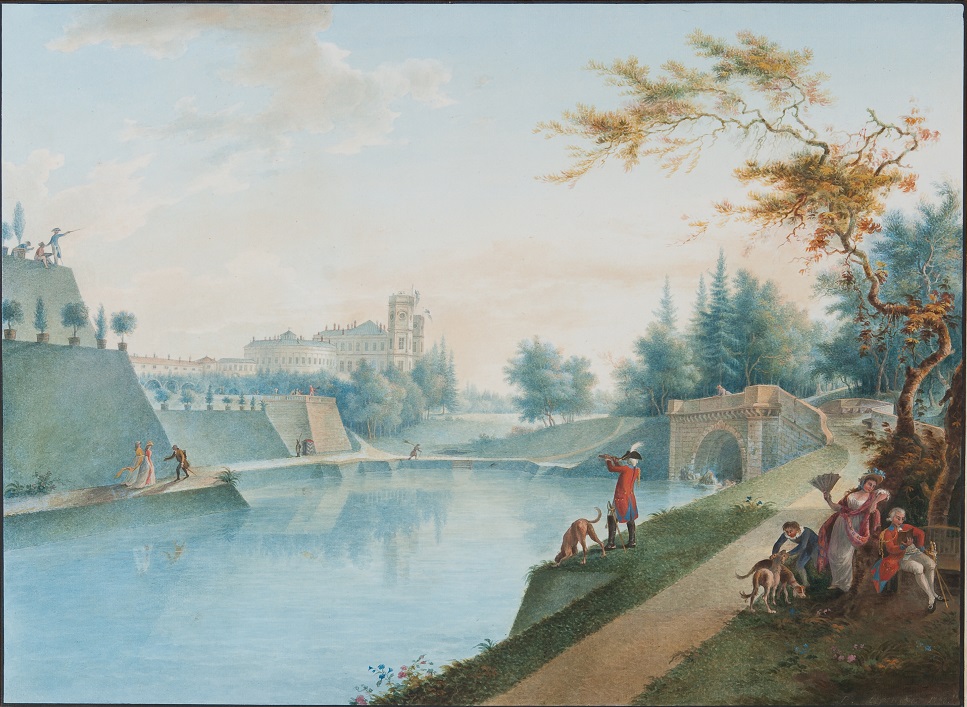 Gatchina, 1798. Source: G.S.Sergeyev / State Museum Gatchina
Gatchina, 1798. Source: G.S.Sergeyev / State Museum Gatchina
One of the leaders of the coup was Catherine’s favorite Count Grigory Orlov – a stately man, both resolute and reckless. He was well-known as St. Petersburg’s Don Juan. Three years after her coronation, Catherine gave Orlov a generous gift – the Gatchina estate, a picturesque area with forests and spring lakes just 25 miles from St. Petersburg. Here, Orlov immediately started building a hunting lodge.
The construction dragged on for 15 years, and Orlov died soon after its completion, before having a chance to enjoy his gift. Catherine then bought the estate from the Count’s heirs and presented it to her son Paul on the occasion of the birth of his eldest daughter Alexandra. The frivolousness of the situation was typical of the 18th century.
Gatchina became Paul’s most beloved residence, and everything at the palace was arranged to his taste.
 Gatchina Palace, 1870-80s, photo of S.I.Kudryavtsev. Source: Press photo
Gatchina Palace, 1870-80s, photo of S.I.Kudryavtsev. Source: Press photo
“The palace reflects two Paul’s strongest passions – theater and military,” said Alexandra Farafonova, the head of the Gatchina Palace Research Archive. “The best Petersburg troupes performed in the palace and sometimes even members of the imperial family and people close to them gave amateur performances.
“In addition, the Gatchina army became a model for the future reform of the Russian Empire army. The artillery received the most attention, and played an important role in the Patriotic War of 1812 with Napoleon.”
In 1789 Napoleon occupied Malta on his way to Egypt and expelled the Maltese Order. Paul, a lover of chivalry, was elected as the new Grand Master. A year later the Priory Palace was built on the outskirts of Gatchina Park as a residence of the Order.
Paul’s death left an aura of mystery around him and left a mark on Gatchina as well. The Palace remained a house of happiness for the imperial family: They came here to relax, entertain, walk around the parks; moreover, they considered Gatchina to be an ideal place for raising healthy children.
Nicholas I visited Gatchina on his way to military maneuvers that took place nearby. Imperial hunting, to which a number of foreign monarchs and ambassadors were invited in order to informally discuss important political issues, was moved to Gatchina during the reign of Alexander II. His son, Alexander III, chose the palace to be one of the official residences. And periodically spent half of a year at Gatchina engaged in public affairs.
An Italian stately home outside the capital
Gatchina stands out among other imperial residences for its distinctive appearance – the palace has nothing in common with Rastrelli’s elongated baroque palaces at Peterhof and Tsarskoye Selo or with Pavlovsk, which was based on Andrea Palladio’s famous Villa Capra, La Rotonda.
To build the palace, Grigory Orlov employed Italian architect Antonio Rinaldi, one of the foremost architects working in Russia at the time. While court architect and decorator Vincenzo Brenna modified Rinaldi’s internal and external design during Paul’s reign, the overall premise remained intact.The style of Gatchina Palace is considered Early Classicism; in fact, it is hard to unequivocally determine the style. The palace combines features of the Late Italian Baroque and Rococo with the romantic atmosphere of the European castles that served as a stylistic base for the palace.
“Gatchina doesn’t have an exact prototype, but modern researchers find analogies in the Renaissance and Baroque periods: For example, the Italian Palazzo Fieschi in Rome and the English castle Blenheim Palace, which was built for the Duke of Marlborough,” said Alexei Yakovlev, historian of 17th-century architecture, and a senior researcher of the State Institute of Art Studies.
“Gatchina Palace is perhaps the least Russian building among famous Russian architectural sites, but that’s what makes the palace so fascinating,” said Yakovlev.
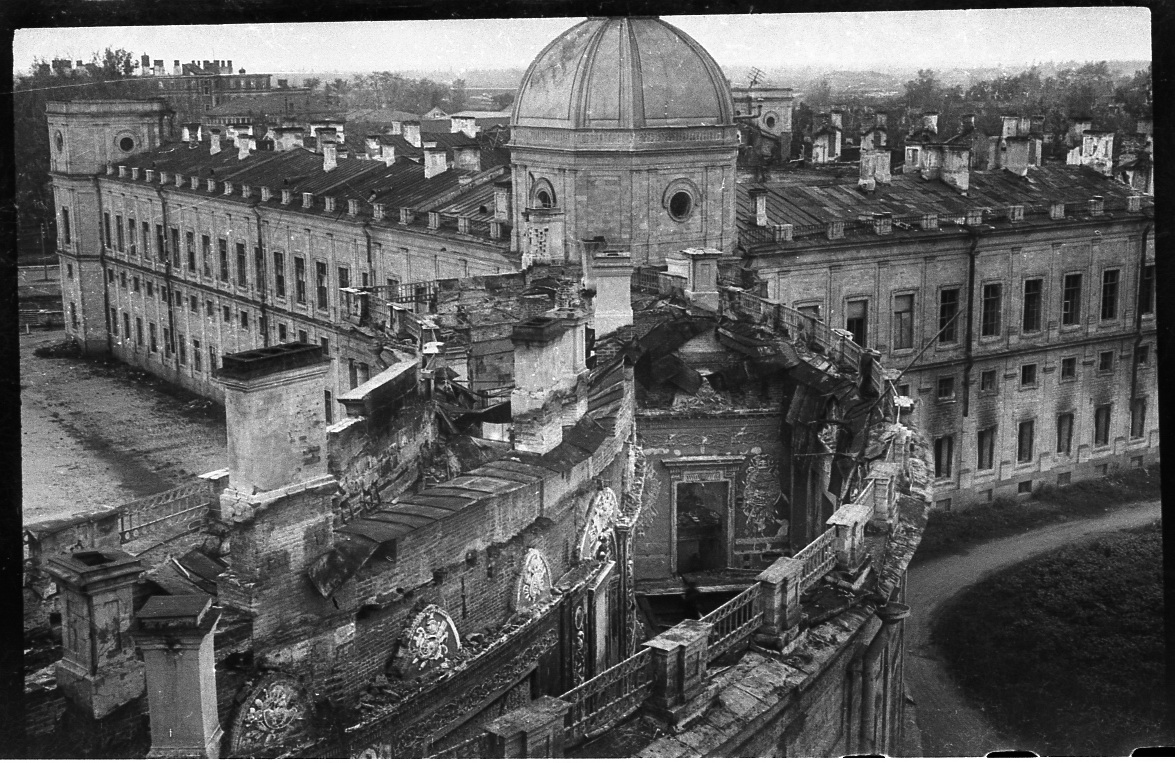 Chesmen gallery of Gatchina Palace, destroyed during the WWII, 1944. Source: Press photo
Chesmen gallery of Gatchina Palace, destroyed during the WWII, 1944. Source: Press photo
When Gatchina Palace served as an imperial residency it was famous not only for its architecture but also for its collection of paintings, sculpture, furniture and fine china. Coevals called the palace the “Suburban Hermitage.”
Tragically, a large part of its treasure was lost during the first years of the Soviet Union and another fraction during the Second World War, when the palace was looted and badly damaged by the Nazis. Restoration work on the palace’s interiors continue to this day, with four more halls recently having been opened to the public.
All rights reserved by Rossiyskaya Gazeta.
Subscribe
to our newsletter!
Get the week's best stories straight to your inbox
